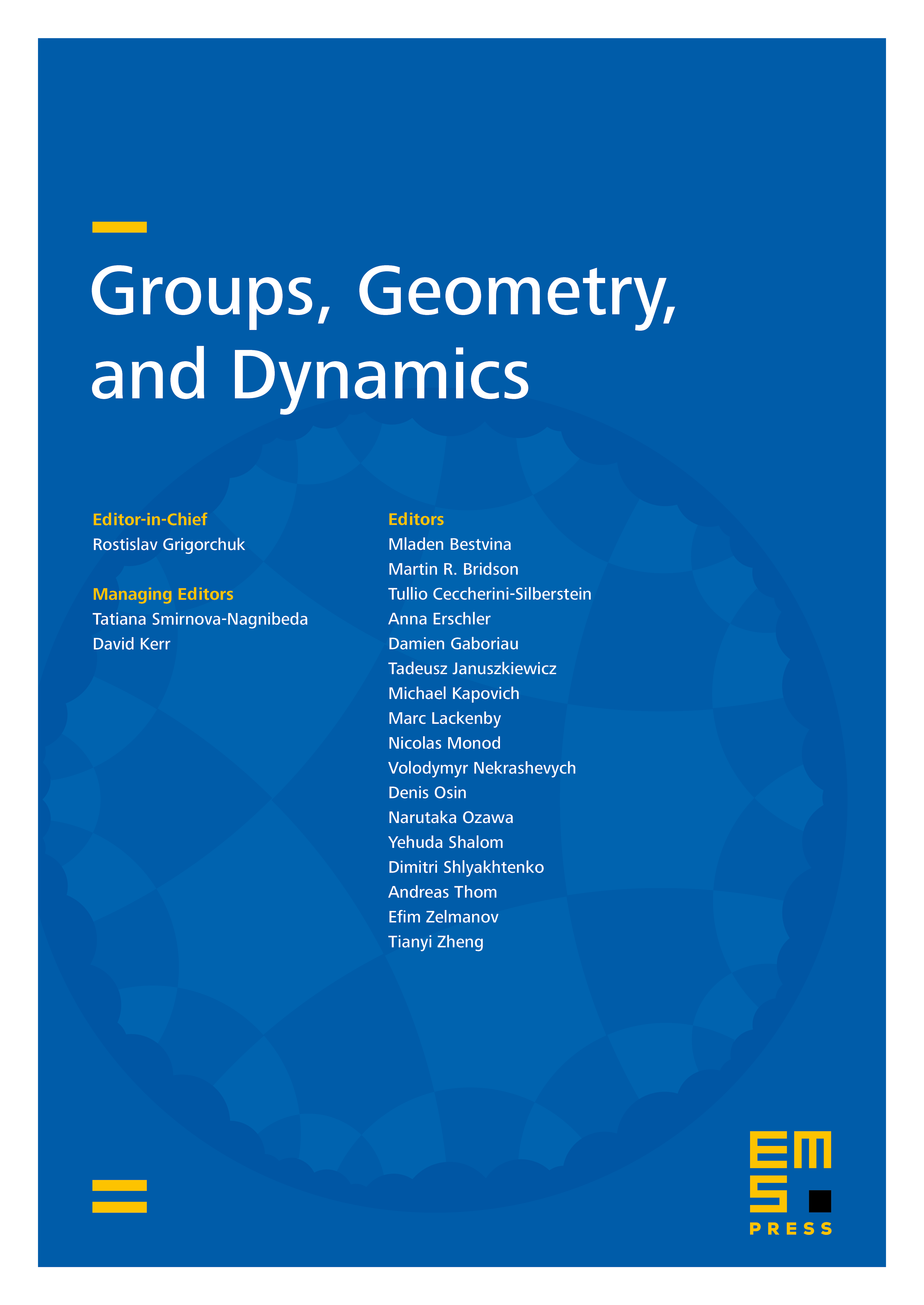Yet another -adic hyperbolic disc: Hilbert distance for -adic fields
Antonin Guilloux
Université Pierre et Marie Curie, Paris, France

Abstract
We describe in this paper a geometric construction in the projective -adic plane that gives, together with a suitable notion of -adic convexity, some open subsets of naturally endowed with a "Hilbert" distance and a transitive action of PGL(2, by isometries. These open sets are natural analogues of the hyperbolic disc, more precisely of Klein's projective model. But, unlike the real case, there is not only one such hyperbolic disc. Indeed, we find three of them if is odd (and seven if ).
Let us stress out that neither the usual notion of convexity nor that of connectedness as known for the real case are meaningful in the -adic case. Thus, there will be a rephrasing game for the definitions of real convexity until we reach a formulation suitable for other local fields. It will lead us to a definition of -adic convexity by duality. Although we will not recover the beautiful behaviour of real convexity, we will still be able to define the most important tool for our goals, namely the Hilbert distance.
We construct our analogues of the hyperbolic disc (once again, via the projective model of the hyperbolic plane) in a quite geometric, even naive, way. Our construction gives -dimensional objects over . It is very different, in spirit and in facts, of Drinfeld -adic hyperbolic plane [1]. The possible relations between the two objects remain still unexplored. Another object often viewed as an analogue of the hyperbolic disc is the tree of PGL(2, [8]. We explore the relations between our discs and this tree, constructing a natural quasi-isometric projection from the discs to the tree. Eventually we explore the transformation groups of our discs. And, whereas the transformation group of the tree is huge, we prove that only PGL(2, acts on the discs preserving the convex structure.
Cite this article
Antonin Guilloux, Yet another -adic hyperbolic disc: Hilbert distance for -adic fields. Groups Geom. Dyn. 10 (2016), no. 1, pp. 9–43
DOI 10.4171/GGD/341